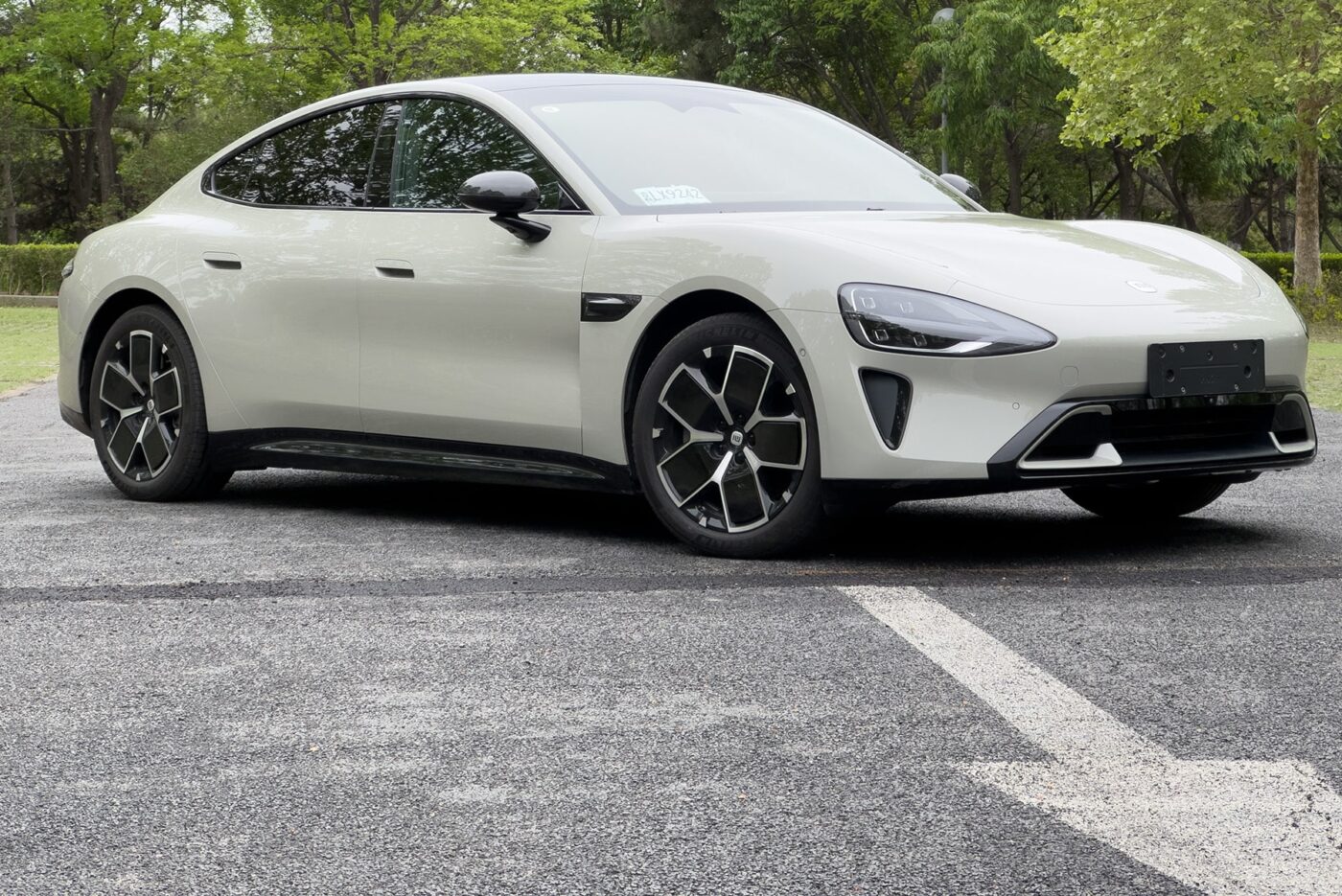
First drive Xiaomi SU7: Tracing the rise of Xiaomi
Wherever it appears, he is the centre of attention and had to be accompanied by bodyguards at the car show in Beijing. As if his role as CEO of the third-largest smartphone manufacturer wasn’t important enough, the head of Chinese tech giant Xiaomi is now a car manufacturer. The self-made billionaire Lei Jun debuted the electric SU7 in December and has the world’s largest car market thrilled. The Xiaomi stores are even more crowded than usual and the traders in Beijing rarely glanced at Porsche, Audi or Mercedes, and instead preferred to queue for half an hour at the Xiaomi stand. Pre-orders will soon crack the 100,000 mark. Since the iPhone or Apple Watch launch, no technical innovation has triggered such hype in China, especially not a car. Even a new Tesla becomes a minor matter.
Yet Xiaomi is anything but a revolutionary innovation. Just as Lei modelled his smartphone empire on industry leader Apple, even imitating the poses of his idol Steve Jobs, he has also sought out prominent role models in his rise to become a car manufacturer. So it’s no wonder the SU7 looks suspiciously like a Porsche Taycan from every angle.
Exactly five metres long, the chassis forms a sleek curve spanning the three-metre-wide axles before gently tapering off over a rear apron with a folding spoiler. Underneath, there is a surprising amount of luggage space at the front and back and, with a wheelbase of three metres, more seating comfort in the rear than in the Porsche model.
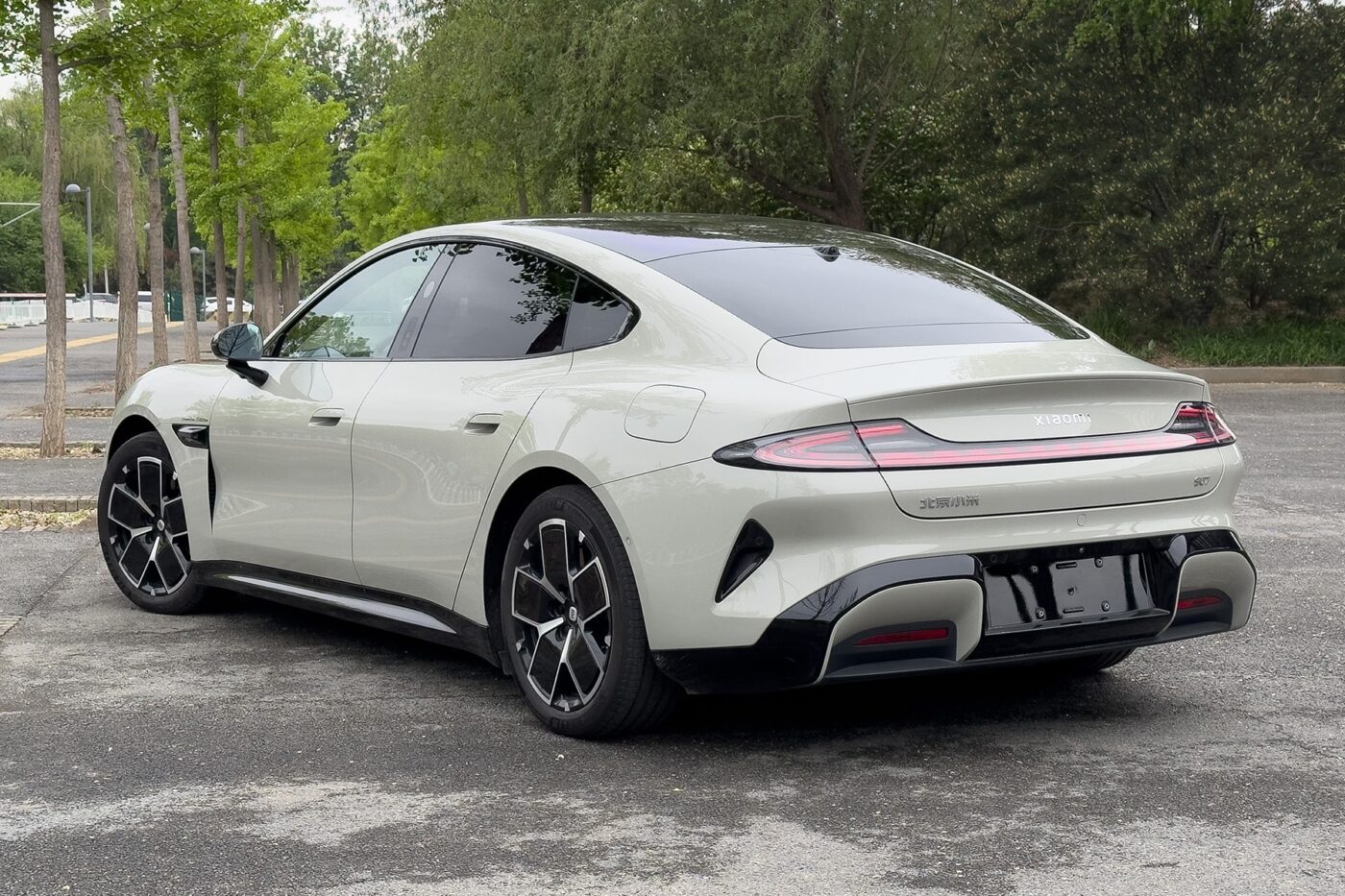
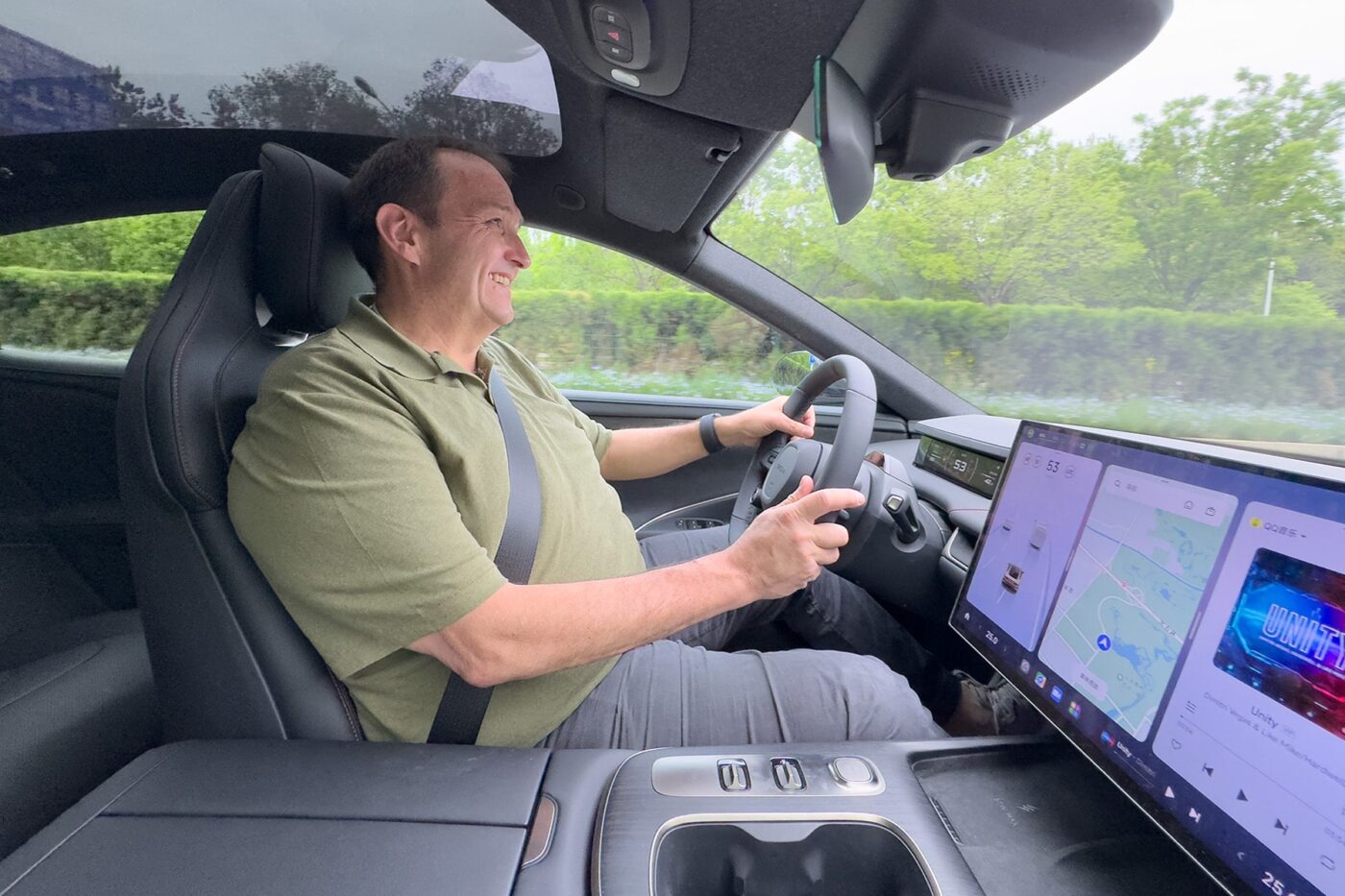
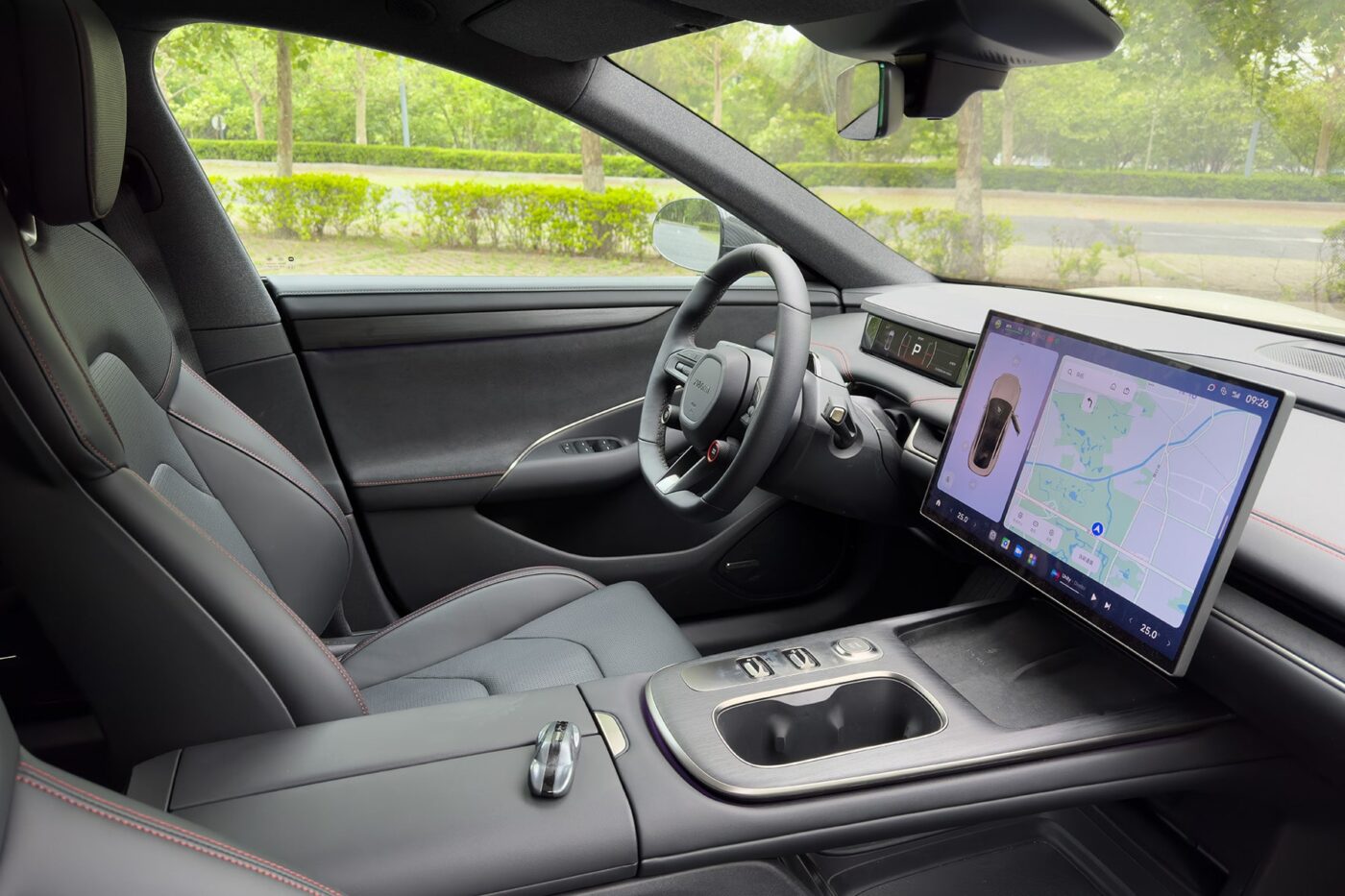
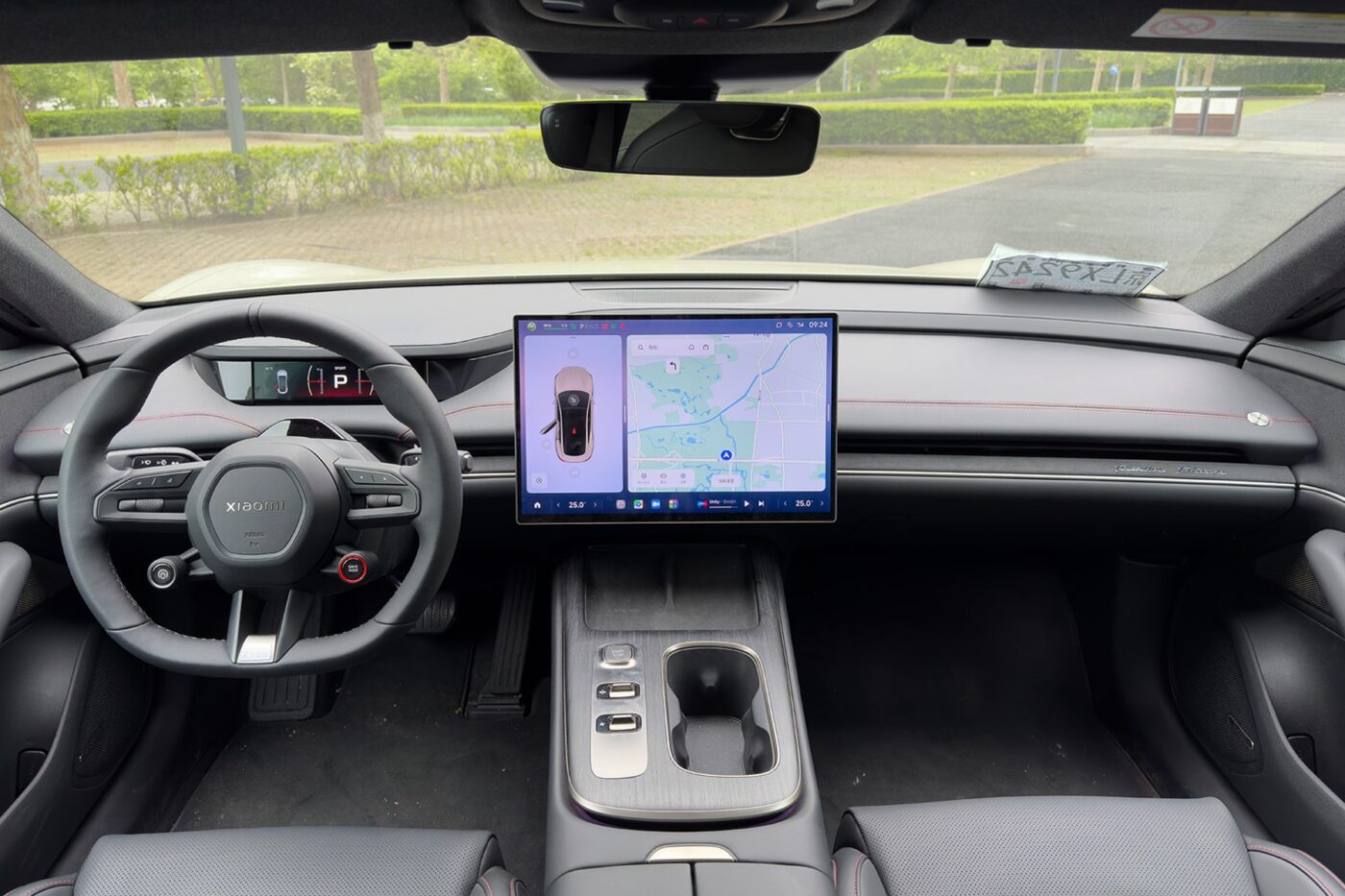
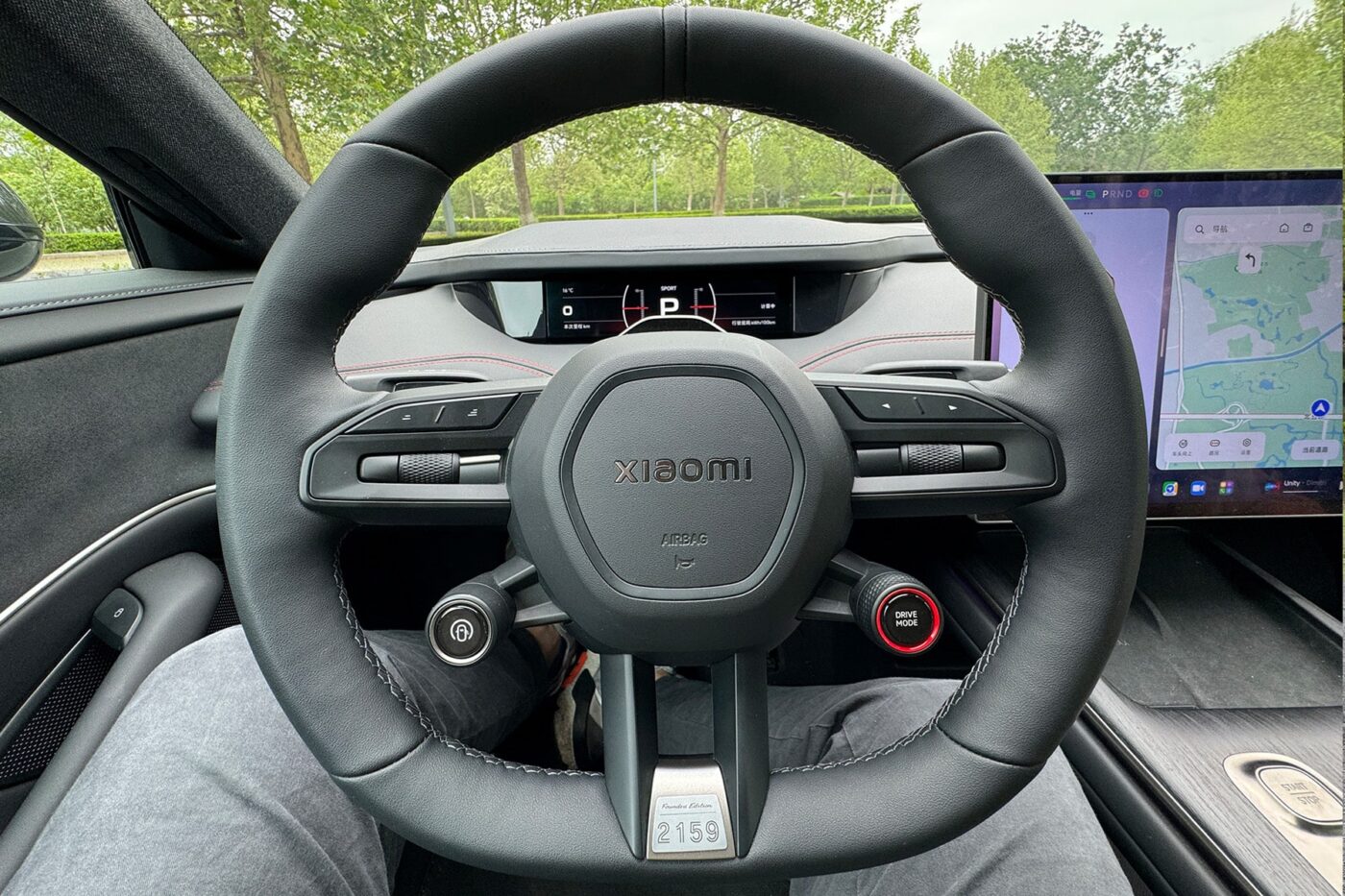
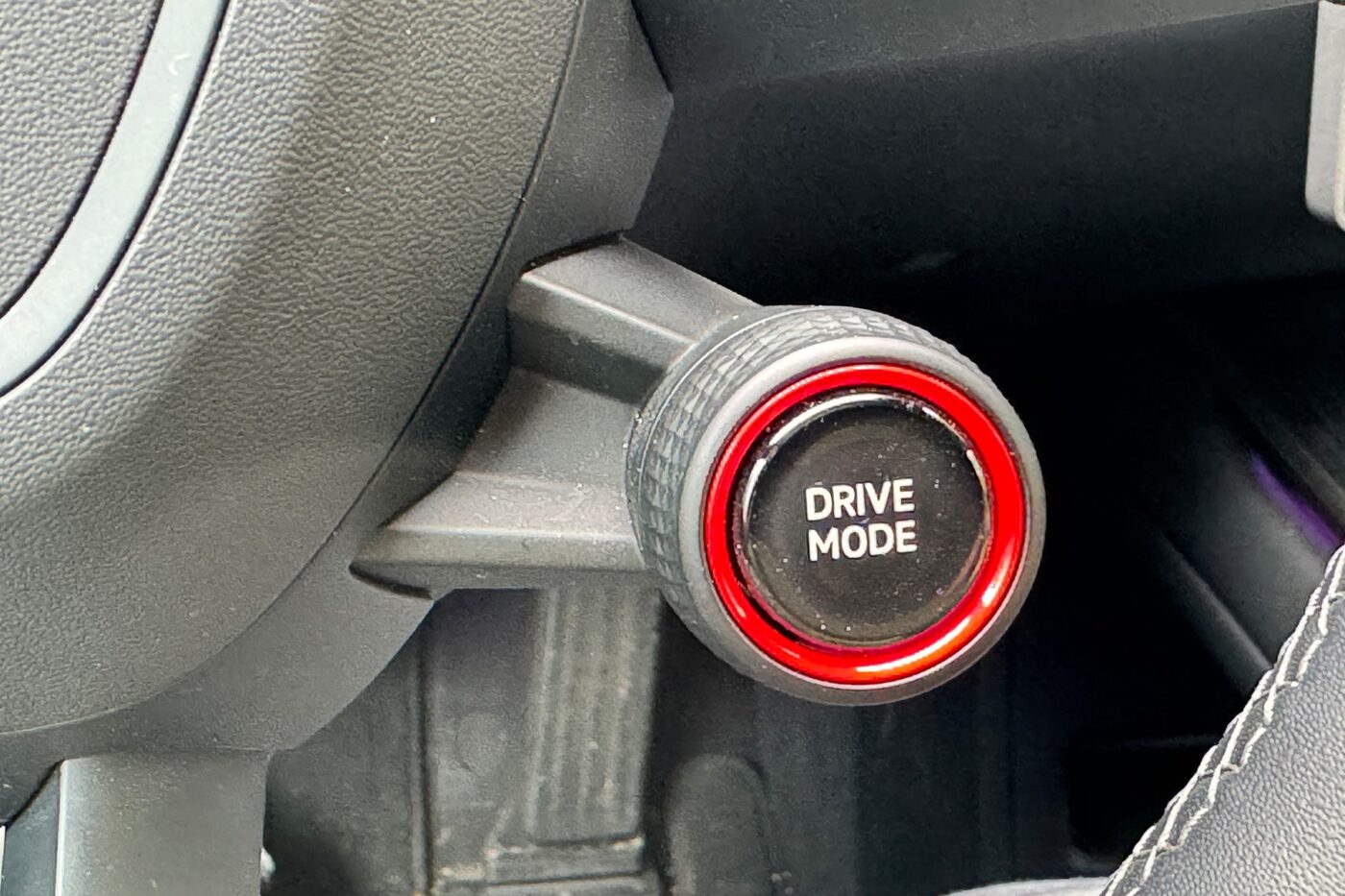
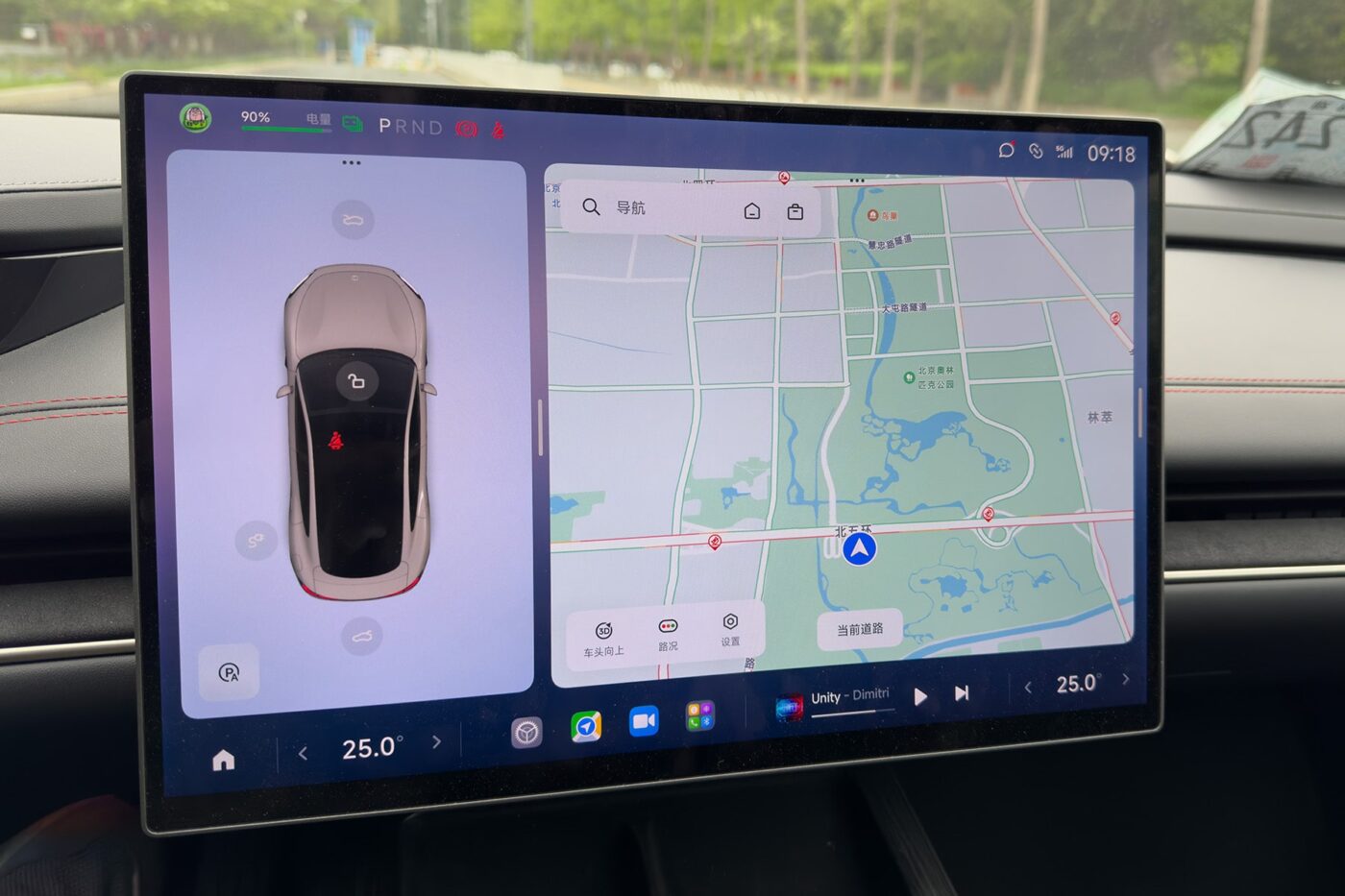
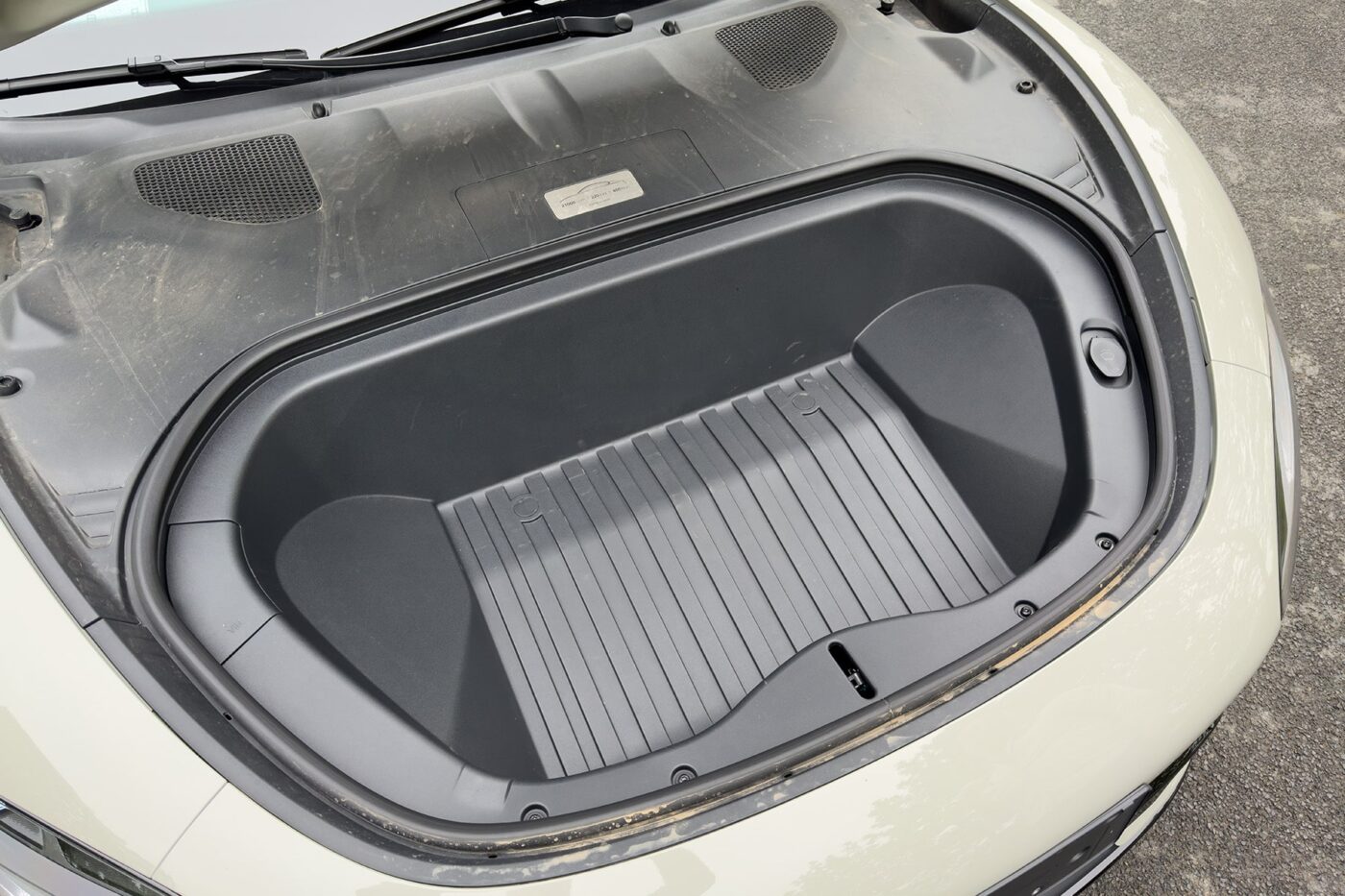
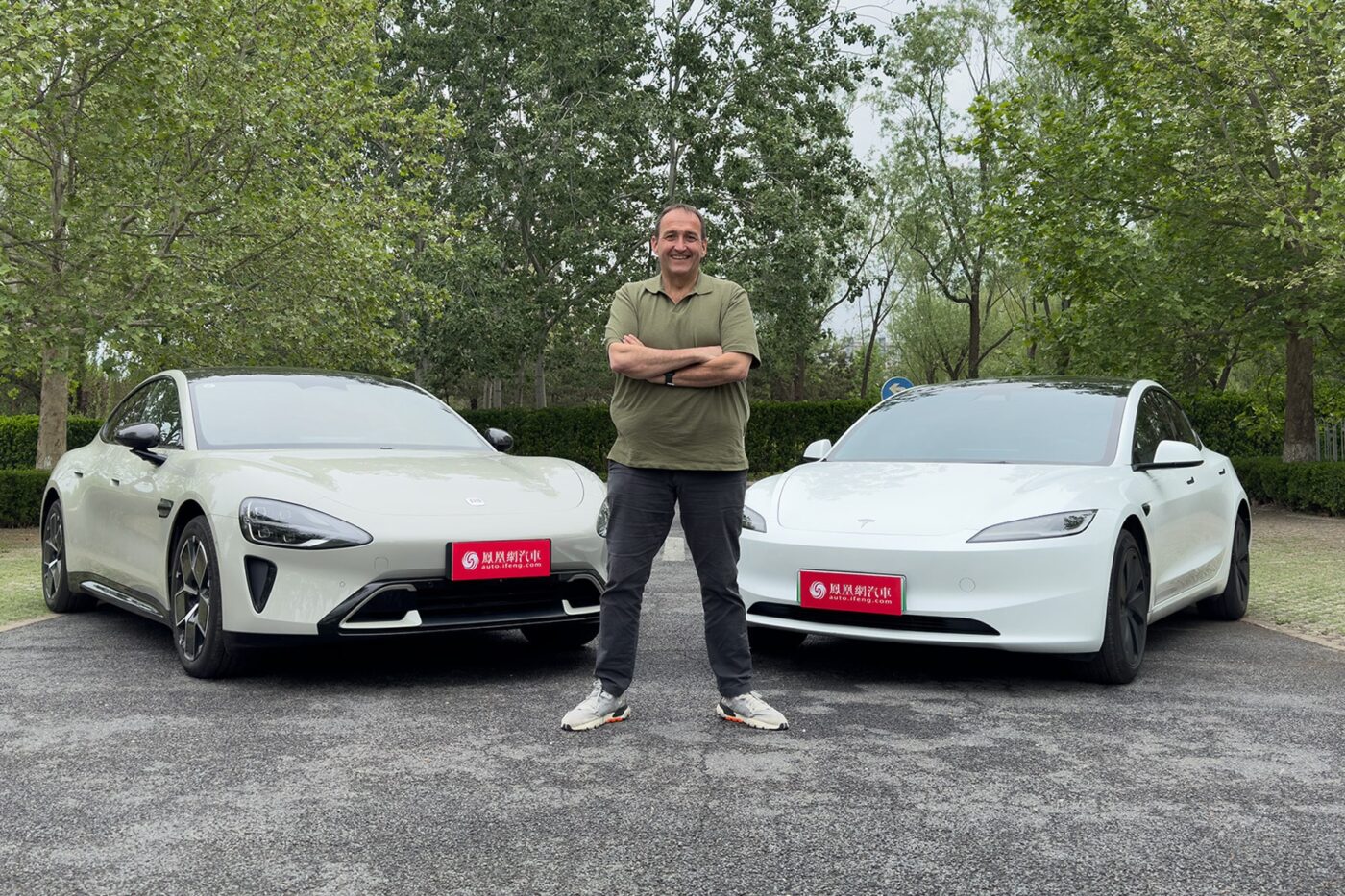
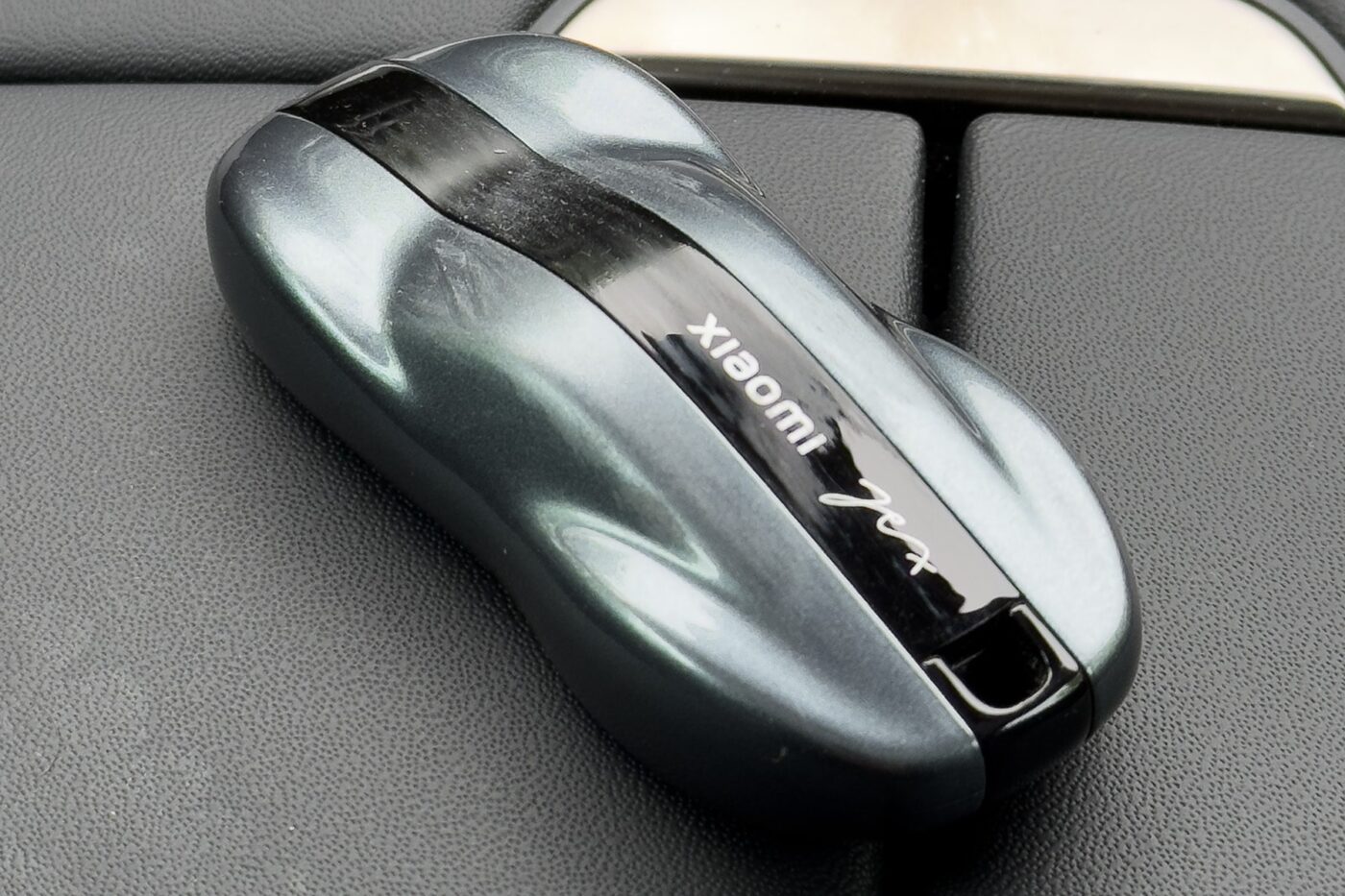
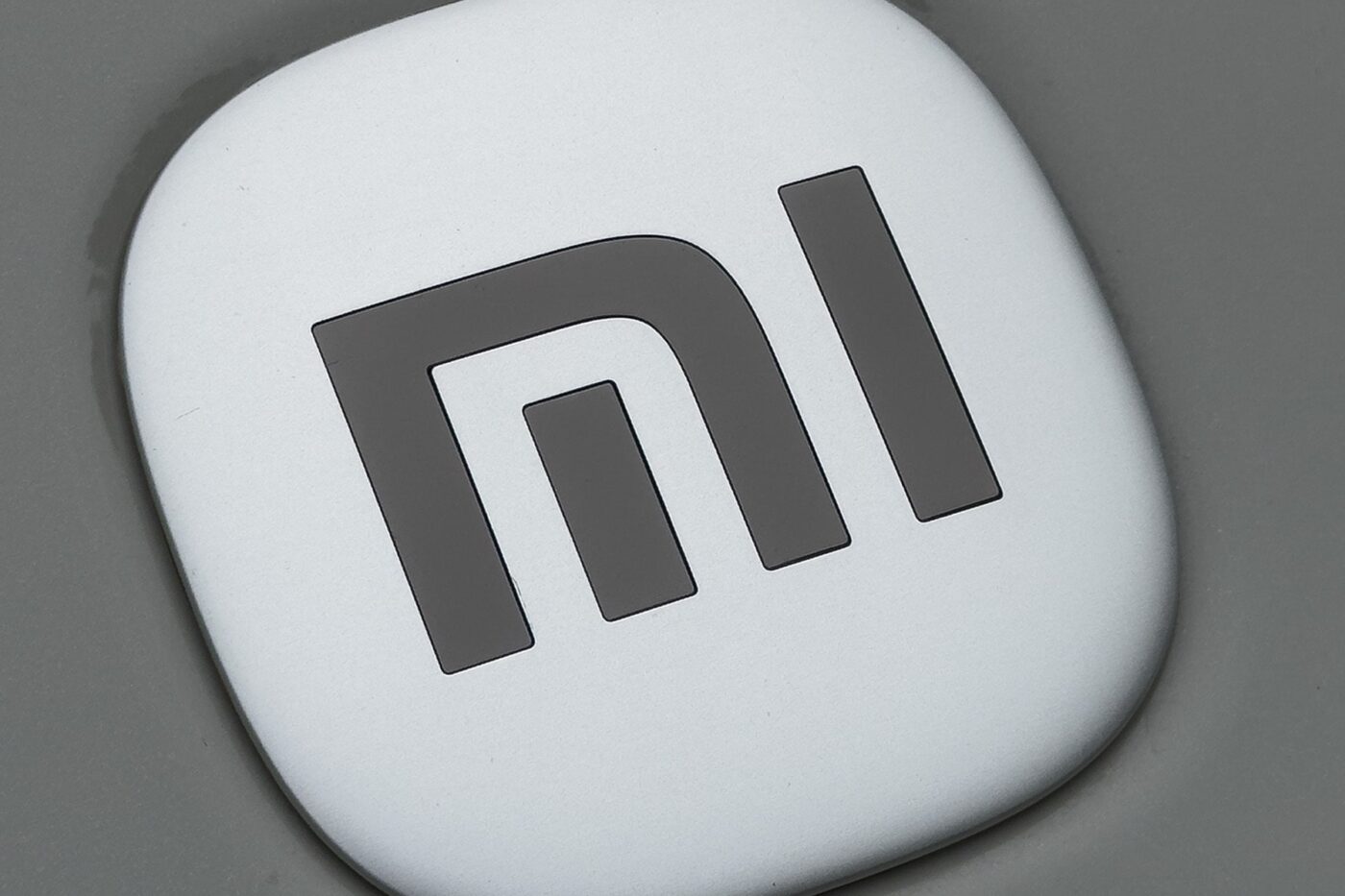
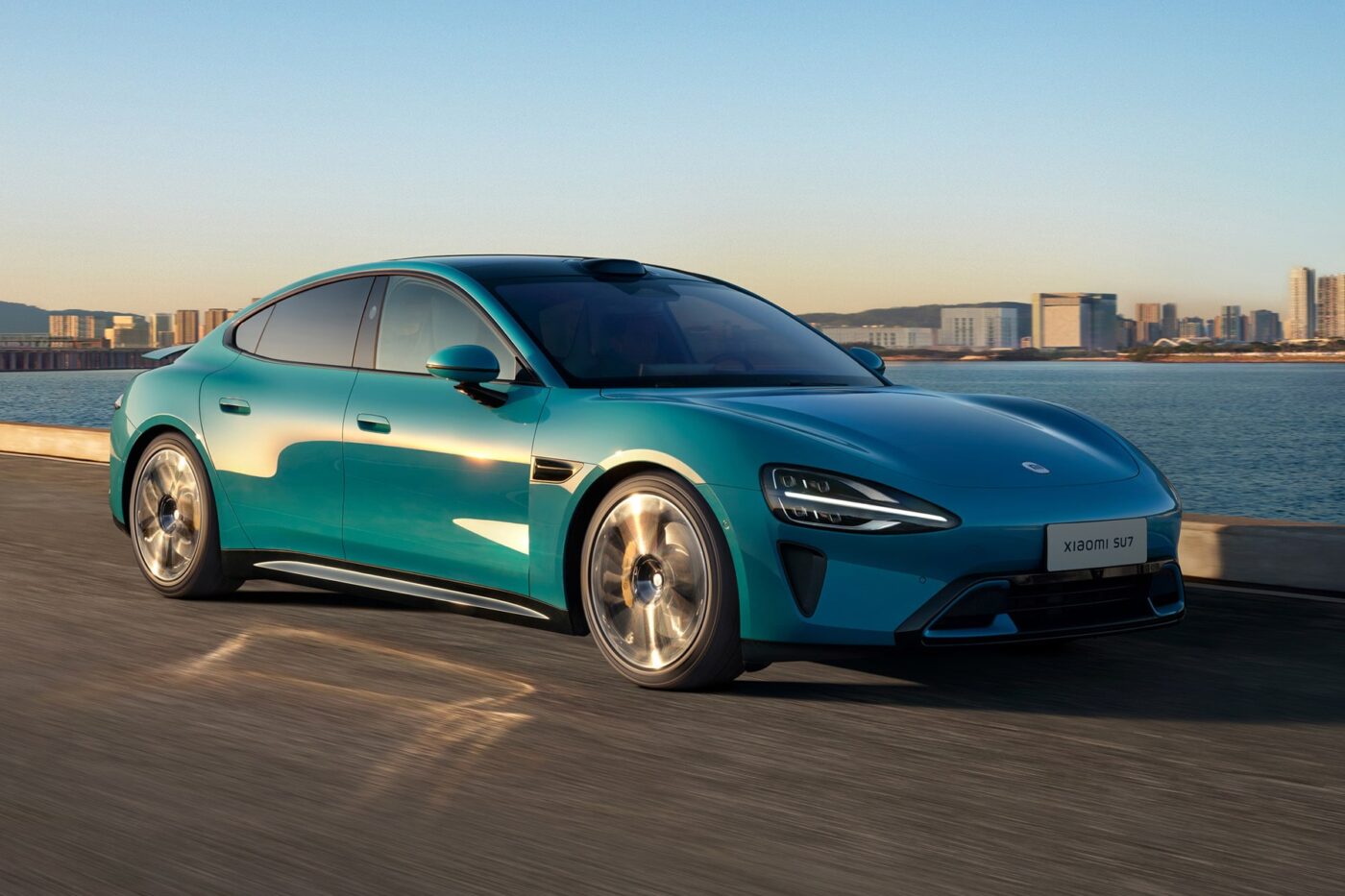
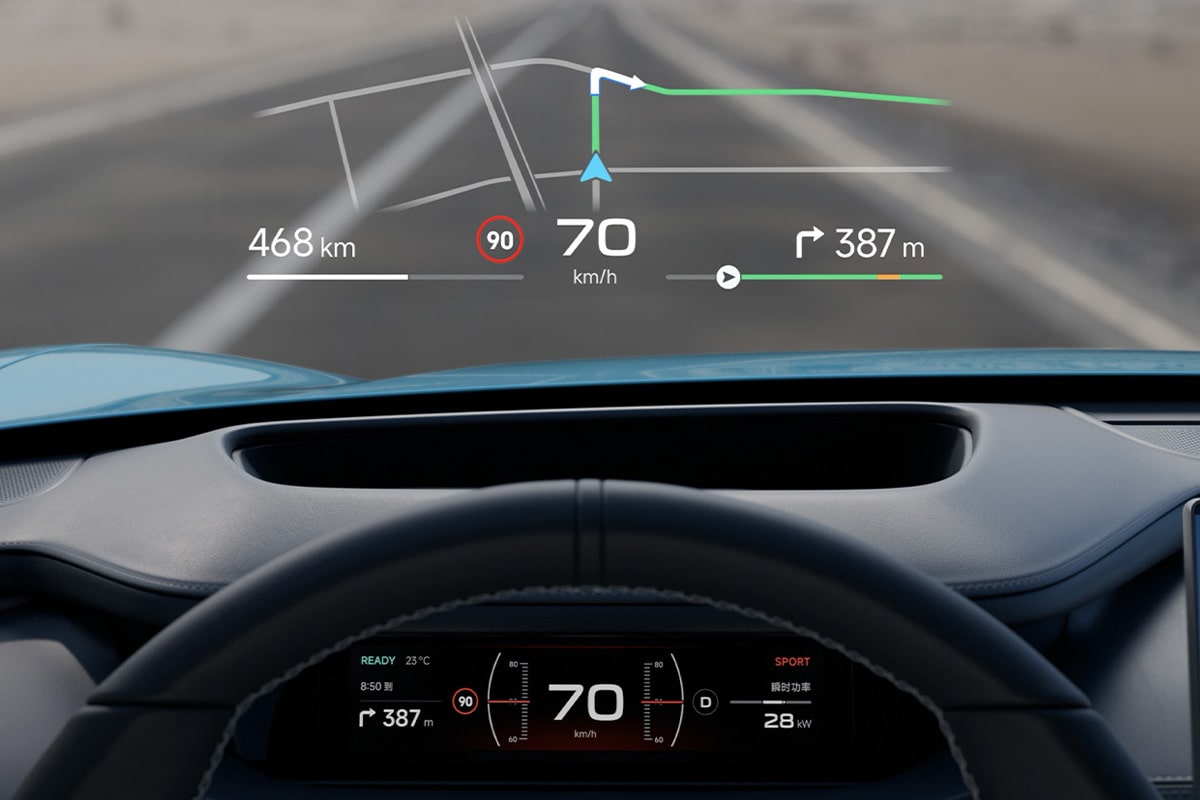
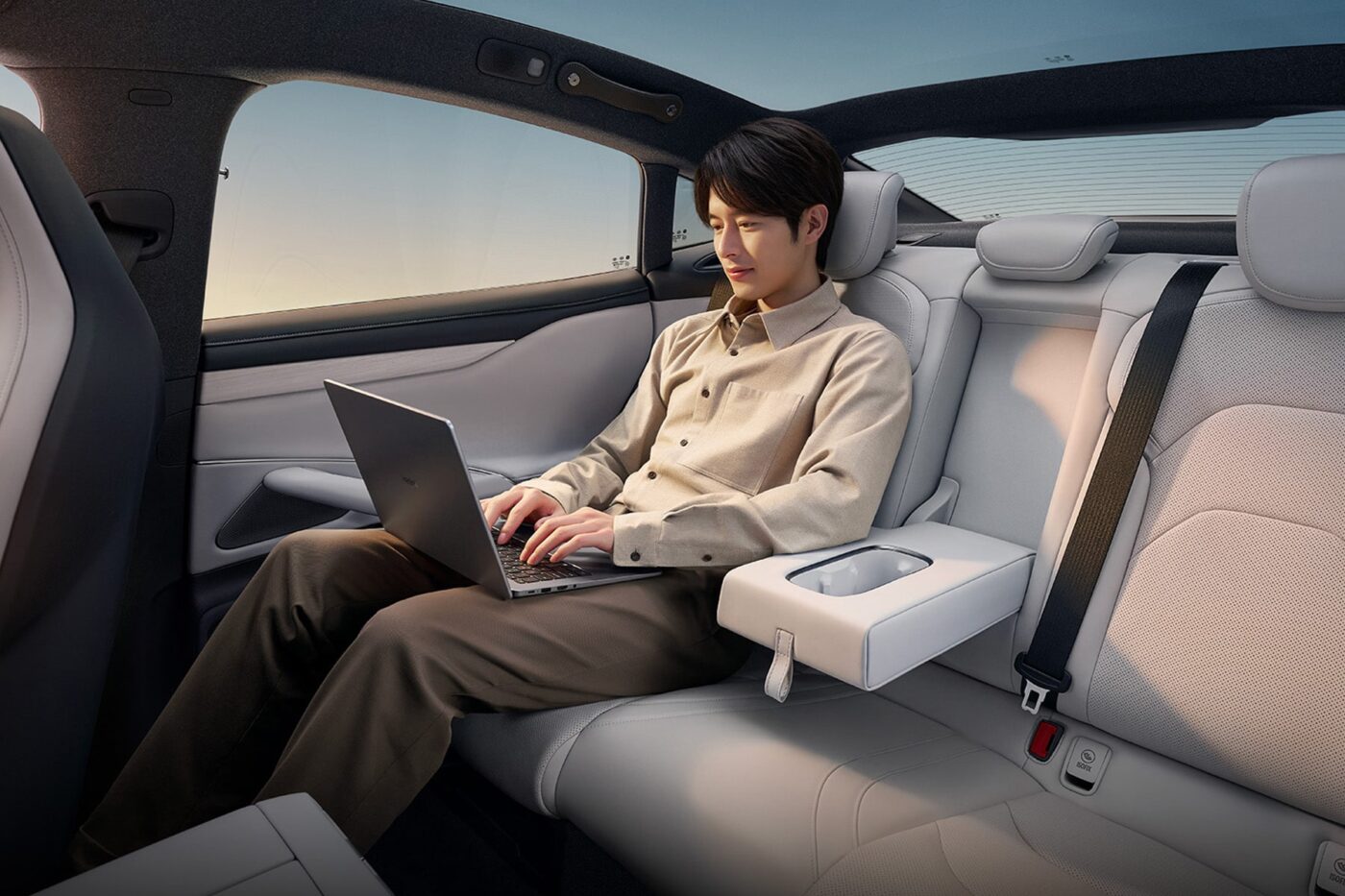
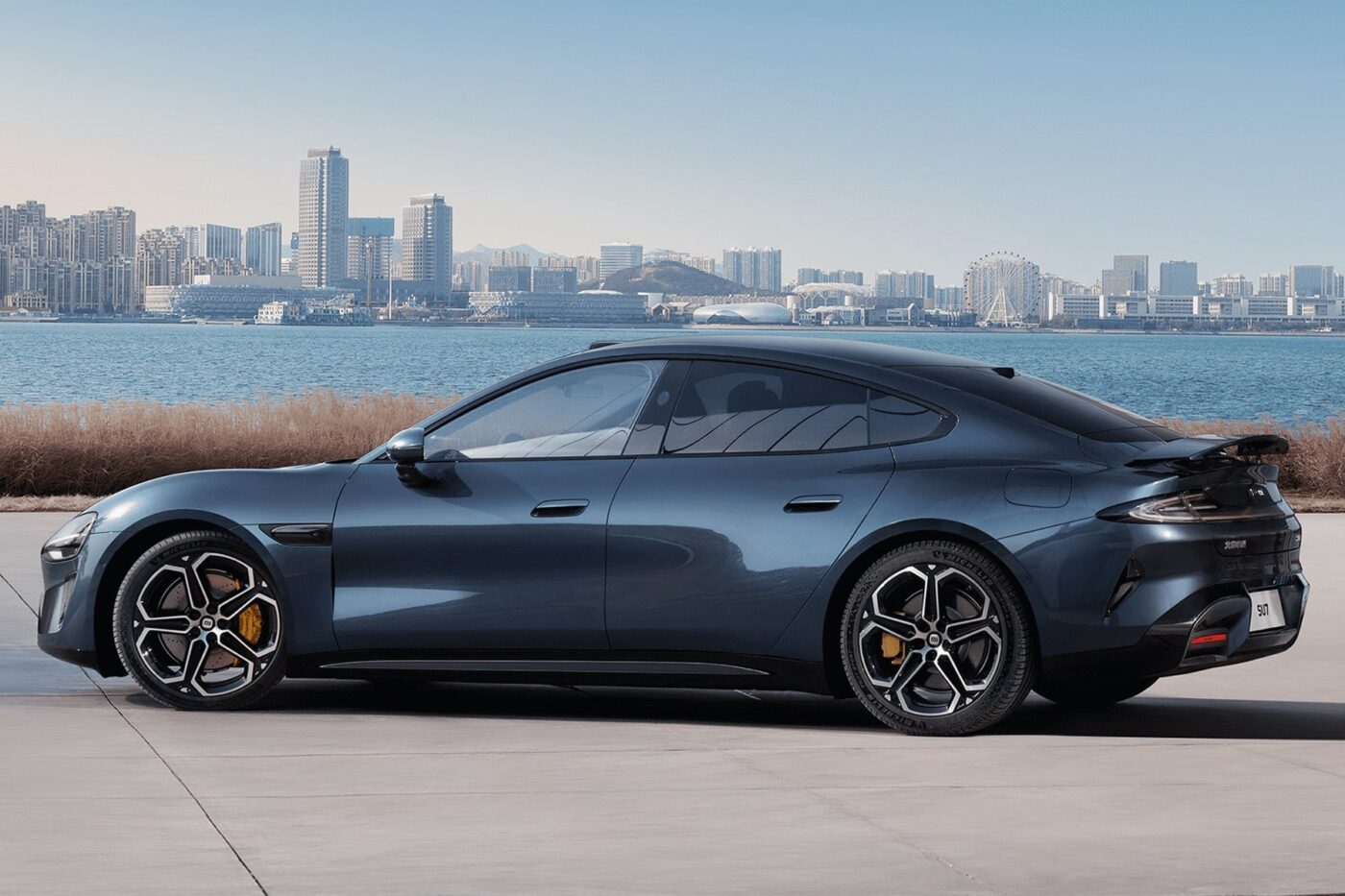
While the appearance is reminiscent of the electric car from Stuttgart, the ambience is Tesla-like; the SU7 has a classy yet sober design and centres on a giant touchscreen that seems to hover in front of the dashboard. The only gimmick is the small display behind the steering wheel, which shows vital data and speed and spectacularly sets the scene when the car is started. As we know from the onboard computer of the Bentley Continental, the screen rotates into view, and the neat SU7 silhouette, which was glaring at the driver until just now, disappears.
However, that’s little for a tech giant. Yes, most of the car’s functions are voice-controlled, the app store is full to bursting, and the SU7 can supposedly network with all the other digital life helpers that make Xiaomi indispensable in the everyday lives of the Chinese – from the smart Hoover and toy drone to the fridge and patio lighting. Yet, there are no particularly innovative infotainment or digital features to be found, nor are the screens particularly eye-catching. After all, there are only slots in the back for your own tablet, which, of course, should also come from Xiaomi.
The newcomer is also not yet ahead when it comes to autonomous driving, although this is much more important to the Chinese, who are plagued by traffic jams than the sprint value or battery capacity. Lei boasts that the SU7 is future-proof and has installed everything it will need for Level 4 autonomous driving, where the driver can put their hands in their lap and take their eyes off the traffic. For the time being, however, the streamlined saloon is still struggling with lane guidance on an arterial road in Beijing without pedestrians or cyclists, accompanied by hands hovering nervously close to the steering wheel, not to mention the automatic lane change after tapping the indicator. One or two over-the-air updates will be necessary before the tension gives way to increased comfort.
However, the supposed smartphone on wheels scores points in a discipline that other Chinese companies have not paid much attention to: Driving. While Nio, Xpeng & Co have chosen a comfortable but relatively unresponsive and not too sensible set-up for their chassis, the Xiaomi is a joy to drive. The steering is direct, the brakes are snappy, the structure is stiff, and the connection to the tarmac is precise. Suddenly, the journey is the destination and getting there becomes a minor matter.
It’s a shame that it’s always crowded in and around Beijing and that the police rigorously enforce the 120 kph speed limit. Because Xiaomi has much more to offer and emulates Porsche in this respect, too. Even the 220 kW and 400 Nm robust basic version with its single motor on the rear axle accelerates from nought to a hundred in 5.3 seconds and reaches speeds of up to 210 kph. And if you opt for the SU7 Max, you get one axle for each motor, and with 495 kW and 838 Nm, you are well up in the premier league of electric saloons. The standard sprint takes just 2.8 seconds, and the car accelerates up to 265 kph. Unfortunately, this would only get you straight into the pits in China.
The energy is supplied by batteries Xiaomi buys from established suppliers and assembles in three packages. The rear-wheel drive vehicle can have a BYD 74 kWh blade battery with a system voltage of 400 volts or a 94 kWh CATL block with 800 volts and can travel 668 or 830 kilometres. In the Max, the CATL battery naturally also runs at 800 volts, has 101 kWh and is sufficient for a range of 800 kilometres in the somewhat more relaxed China rating of the CLTC. While AC charging with 11 kW is a bit tough, Xiaomi promises 220 kilometres in five minutes, 390 kilometres in ten minutes and 550 kilometres in 15 minutes for the Max on a DC charger. Here, too, the SU7 is up there with a Taycan.
| SU7 | SU7 Pro | SU7 Max | |
|---|---|---|---|
| Drive | RWD | RWD | AWD |
| Power | 220 kW | 220 kW | 495 kW |
| Torque | 400 Nm | 400 Nm | 838 Nm |
| Acceleration | 5.3 s | 2.8 s | |
| Maximum speed | 210 km/h | 210 km/h | 265 km/h |
| Range (CLTC) | 700 km | 830 km | 800 km |
| Battery | 73.6 kWh (LFP) | 94.3 kWh | 101 kWh |
| Price | 215,900 Yuan | 245,900 Yuan | 299,900 Yuan |
But the parallels with Porsche end at math. Just as Xiaomi has beaten Apple in price regarding smartphones, the SU7 only costs a fraction of a Taycan. While Porsche sells its EV in China for 1,038,000 RMB (around $147,000), Xiaomi starts at 215,900 RMB or just under 28,000 euros ($30,500). Even the top model is a bargain at 299,900 RMB (€39,600). Mr Lei even undercuts Tesla and the much smaller Model 3 by around ten per cent. So it’s no wonder that the Chinese are currently running him ragged. Lately, Lei even had to send his more impatient compatriots to the competition when the delivery time of more than six months became too long for them, and he recommended cars from Luxeed, Nio, or Xpeng.
Xiaomi wants to become one of the top five car manufacturers
As long as the hype in China continues and he can’t keep up with production anyway, Lei has no reason to think about exporting. But sooner or later, he will – have to – offer his cars to the rest of the world. After all, the electric debut is only a milestone, and Xiaomi has more planned: Lei has announced that he wants to make his company one of the top five car manufacturers in the next 20 years, which would require him to overtake not only Porsche but probably also Mercedes or BMW. At least he has already overtaken one rival: While Mr Lei is being celebrated as the nation’s horsepower hero at the motor show in Beijing, Apple boss Tim Cook has officially buried the plans for an iCar.
To ensure that there is no doubt about his conviction and purpose, Mr Lei has devised a striking testimony to his ambitions and has embossed his own signature on every Xiaomi key.




8 Comments